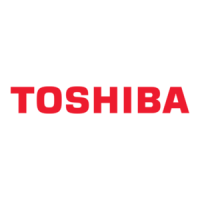
Do you have a question about the Toshiba Qosmio X70 and is the answer not in the manual?
| Operating System | Windows 8.1 |
|---|---|
| Storage | 1TB HDD + 128GB SSD |
| Graphics | NVIDIA GeForce GTX 770M |
| Display | 17.3-inch, 1920x1080 |
| Ports | USB 3.0, HDMI, Ethernet, SD card reader |
| Wireless | Bluetooth 4.0 |
Explains the manual's purpose and how to use it for guidance on computer features and procedures.
Explains the meaning of different safety symbols used in the manual for hazard identification.
Details the computer's hardware capabilities, technical specifications, and system icons.
Lists available user guides and information on warranty, upgrades, and Toshiba support services.
Guidance on choosing an optimal workspace and maintaining comfortable posture for prolonged use.
Instructions for connecting and using external keyboards, mice, monitors, and other input/output devices.
Best practices for typing, mobile computing, taking breaks, and essential safety precautions.
Steps for initial computer setup, power connection, battery charging, and software installation.
Procedures for shutting down, restarting, and placing the computer in Sleep mode.
Instructions for adding optional external devices and installing/removing memory modules.
Procedures for checking total memory and recovering the internal storage drive using built-in utilities.
Explains the computer's energy-saving features and provides information on battery life and performance variations.
Detailed guide on charging the main and RTC batteries, power management, and battery care.
How to check remaining battery power, understand indicator lights, and manage battery notifications.
Safety precautions, maintenance tips, and proper disposal methods for used batteries.
Recommendations for using the computer safely and effectively while traveling, including air travel.
Guide to using the Start screen, app tiles, and Windows Charms for system access and commands.
Explains the components of the Windows desktop, including icons, taskbar, and notification area.
Information on system notifications and accessing applications via the Windows Store.
Steps for connecting the computer to a network and the internet via Wi-Fi.
Guide to using audio features, web camera, media card reader, and handling removable media.
Introduction to Desktop Assist for customizing computer settings and accessing various functions.
Managing power settings, battery charging, and sleep modes using eco Utility and Sleep Utilities.
Setting up passwords and configuring system-wide operational parameters via Password Utility and System Settings.
Tools for managing HDD protection, function keys, recovery media creation, service station, and application installation.
General advice for solving common problems and troubleshooting startup failures.
Resolving Windows OS errors and using repair options like Refresh and Reset.
Diagnosing and resolving issues with hardware, memory, power, display, storage, connectivity, and media devices.
Best practices for data backup, system restore points, and general computer usage.
How to use function keys for accessing help and adjusting screen brightness levels.
Using function keys to cycle through display output modes like PC screen only, duplicate, and extend.
Managing touch pad operations, media playback, and volume mute using function keys.
Using function keys to control wireless devices and keyboard backlight settings.
Visual guide to AC power cord connectors used in different global regions like USA, Canada, Europe, and Australia.
Lists and defines common acronyms found in the user's guide.
Explains various technical terms and concepts relevant to computer operation and features.
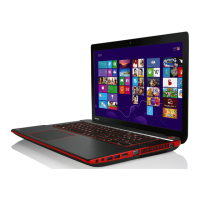
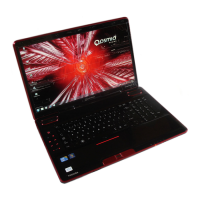



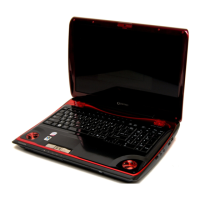
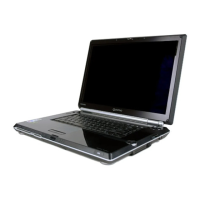
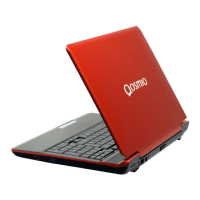
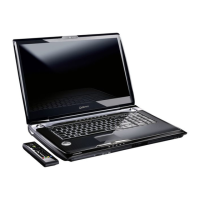


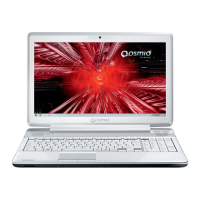
